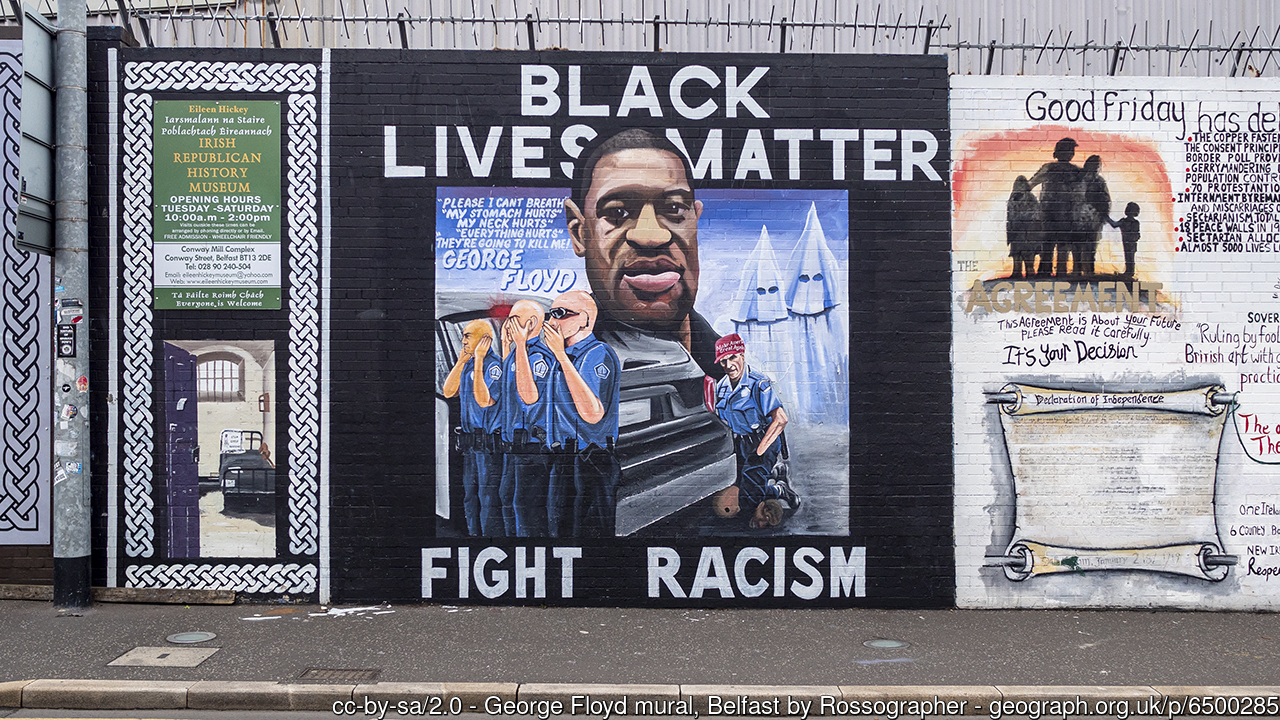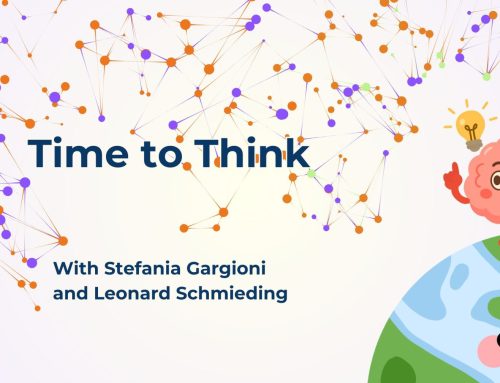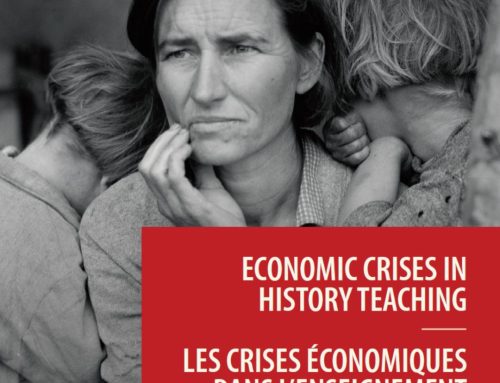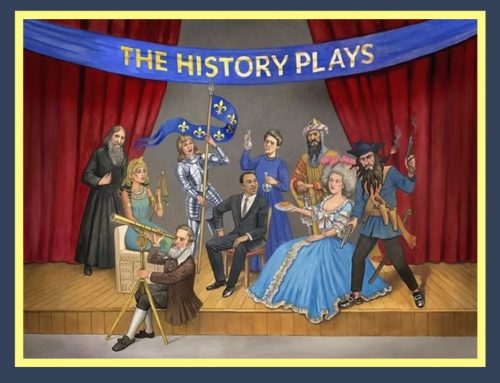Smartphones and social media can transfigure a single, horrific event into something malleable and replayable. One might think the contemporary public (hyper)space would render more traditional forms of political communication obsolete. But grieving for George Floyd and with the victims of racism everywhere meant reconceiving that public space. Muralling – long the preferred form of self-representation for marginalised communities – constitutes one such reconception.
Artists across the world have drawn their own meanings from the killing of George Floyd, and expressed their conclusions in their own ways. Sometimes, such meaning lies in a mural’s location: George Floyd’s face painted on a separation wall in the West Bank sends its own message. Sometimes it is the image’s content that forces us to focus on a particular aspect of Floyd’s death – his humanity, the visceral horror of the act, or the political structures that facilitated it.
The mural you see here on the ‘International Wall’ on the Falls Road in Belfast can be divided into three parts. In the first, you see the assailant Derek Chauvin, donning a MAGA hat, snarling at the viewer as he kneels on Floyd’s neck. Second, George Floyd’s face – enlarged, isolated – looks out of the canvas. His expression is indiscernible. His face does not express sadness, nor rage, nor fear. It is as though he is waiting for us to decide how we mourn him. He dominates the mural. Third, and perhaps most telling of all, three policemen stand aside. One covers his eyes, another his ears, another his mouth. See no evil, hear no evil, speak no evil.
The ‘International Wall’ is covered in an ever-shifting mosaic of Republican homages to foreign heroes and causes, from Palestinians, to Kurdish fighters, to the West Papuan independence movement. Placing the mural of George Floyd here places it at the centre of a contested narrative over antiracism and its relation to political conflict in Northern Ireland. Moreover, the role of a mural in itself has deep historic resonance as a way of representing the concerns of Unionist and Republican communities authentically. The sixth Contested Histories Occasional Paper covers the history of murals and muralling in Northern Irish cities in greater detail, and explains how murals have traced the contours of conflict and reconciliation since its foundation.
The Republican and Unionist contestation has several dimensions, and though the emphasis is often placed on religion, the two communities are also divided by political ideology. Left-wing theory and activist practice are hugely influential in Republican circles, whereas most Unionists have adopted conservatism as a working ideological approach. That the former has pushed for more radical change to policing and race relations in general since Floyd’s death would inevitably expose that political divide.
But besides this general division, Northern Ireland has its own distinct relationship with antiracism as a global movement. During the 1960s, the American Civil Rights movement for African American equality was an inspiration for Catholics in Northern Ireland, who consequently demanded equal rights in employment, housing and security. Many historic concerns of these two communities appear to align, most significant of which is a historic distrust of law enforcement.
Claiming to reflect the historical legacy of conflict in Northern Ireland is a fraught and highly contested business. Republican activists and politicians were keen to emphasise ‘solidarity’ with the Black Lives Matter movement and, indeed, to draw the two struggles together. Michelle O’Neill, Deputy First Minister and Sinn Féin’s leader in Northern Ireland, was explicit in this: “Whether in Ireland or the US, an injustice to one is an injustice to all. Racism must be eradicated” (via Twitter on June 2nd 2020).
Not everyone accepts this characterisation. Kenny Donaldson, who chairs a group advocating for victims of the Troubles, said in aftermath of Floyd’s death: “Why are local people justifiably horrified by George’s murder not also horrified by the brutal actions of terrorists in Northern Ireland who often tortured their victims before stealing away their lives, and often within the glare of wider public view?”
George Floyd’s death and the resurgent movement for racial equality has forced crises of self-consciousness across the Western world. How can a country learn to condemn unjust or oppressive episodes in its past? In an important sense, Northern Ireland is home to two divergent national imaginations. Whether gradual reconciliation can be reached over time remains an open question. In grief, latent divisions continue to peek through the cracks.
Image “George Floyd mural in Belfast” by Rossographer CC BY 2.0













